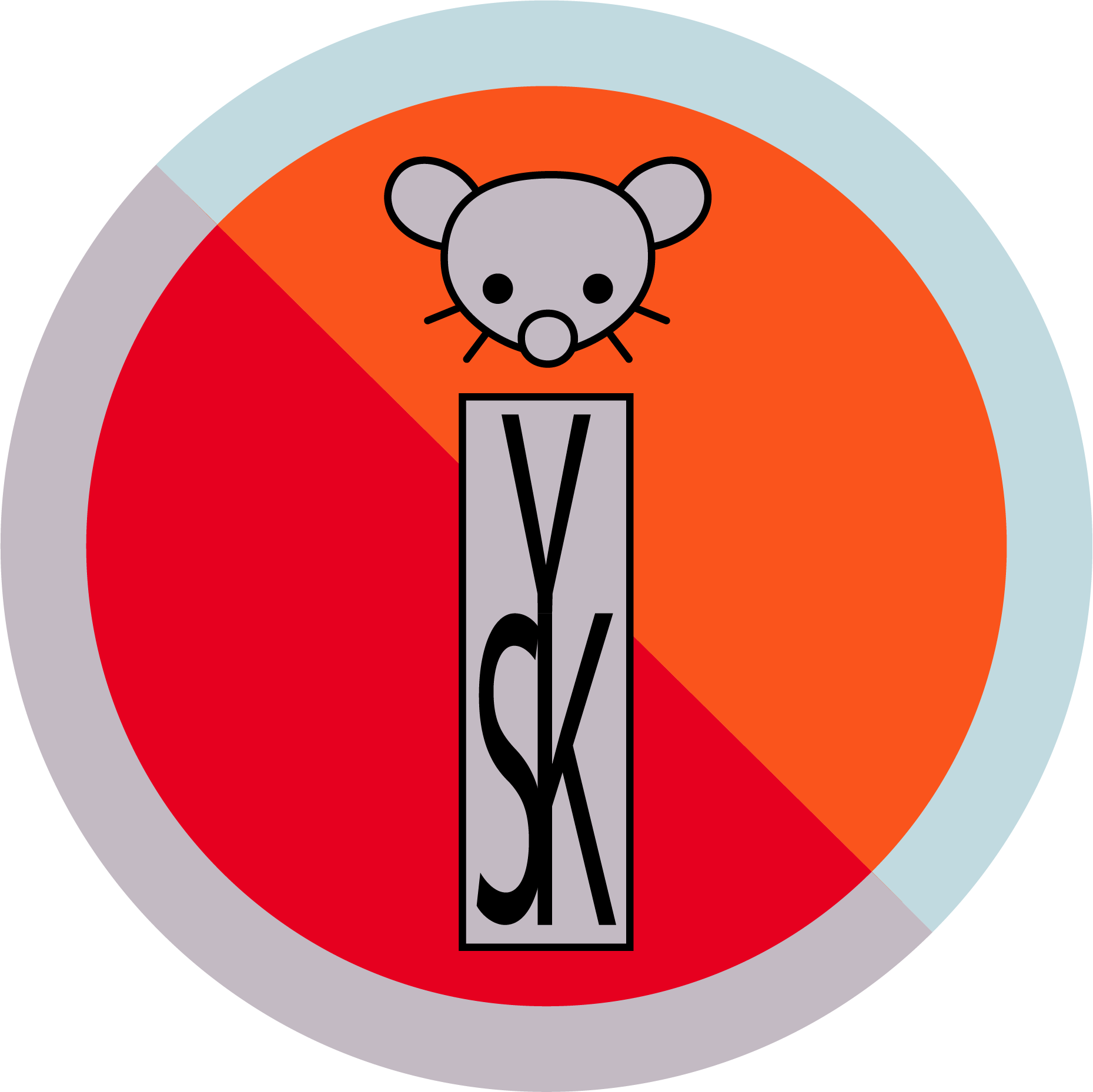Why YSK: TV has lied to you. If a cardiac arrest happens and you have an AED defibrillator at hand you might still need to do chest compressions.
- When you open up the AED there will be instructions on how to apply the electrodes as well as any other procedure needed to get started.
- The machine will first analyze the heart’s rhythm to find out if a shock can restore the heart.
- If the machine doesn’t find anything it will instruct you to perform CPR. After a while it will then instruct you to stand by as it does another analysis.
- It will once again either deliver a shock or instruct you to go back to CPR. Do this routine indefinitely until medical services has arrived. You will be tired. Switch out with another person if there are other people who can help.
- Some AED’s are automatic and will warn you to stand back and deliver a shock. Others will need you to press a button to deliver the shock yourself. Make sure not to touch the person as the machine delivers the shock.


To put that into layman’ terms, the heart’s “control circuit” is still doing things but it’s the wrong things. Wrong signals at the wrong times causing wild contraction and expansion; fibrillation.
The de-fibrillator does zap and the hope is that the rythm “resets” comes closer to what it should be.